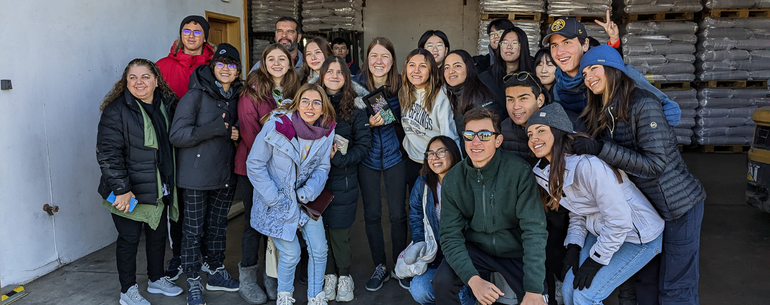The History of Beans: From Ancient Civilizations to Modern Diets
March 25, 2025
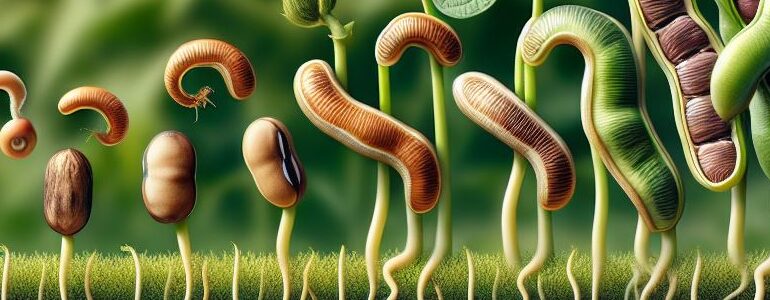
Beans have been a staple in human diets for thousands of years, providing essential nutrients, protein, and energy to civilizations across the globe. Whether they’re a common ingredient in your favorite recipe or a side dish at dinner, beans have a rich history that spans from ancient times to today’s modern diets. Let’s take a look at the fascinating journey of beans throughout history.
The Birth of Beans: Ancient Civilizations
Beans are among the oldest cultivated crops in the world. Archaeological evidence suggests that beans were first domesticated in the Americas, Africa, and Asia, with different varieties emerging in each region. The earliest cultivation dates back to around 7,000 BC in regions like the Andean highlands of South America, where beans, along with corn and potatoes, were fundamental to the diet of the ancient civilizations.
In the Americas, indigenous peoples grew a variety of beans, including the kidney, lima, and black beans. They were often used in conjunction with maize (corn), which was a central component of many Native American diets. This combination of beans and corn created a complete protein, offering essential amino acids for growth and repair.
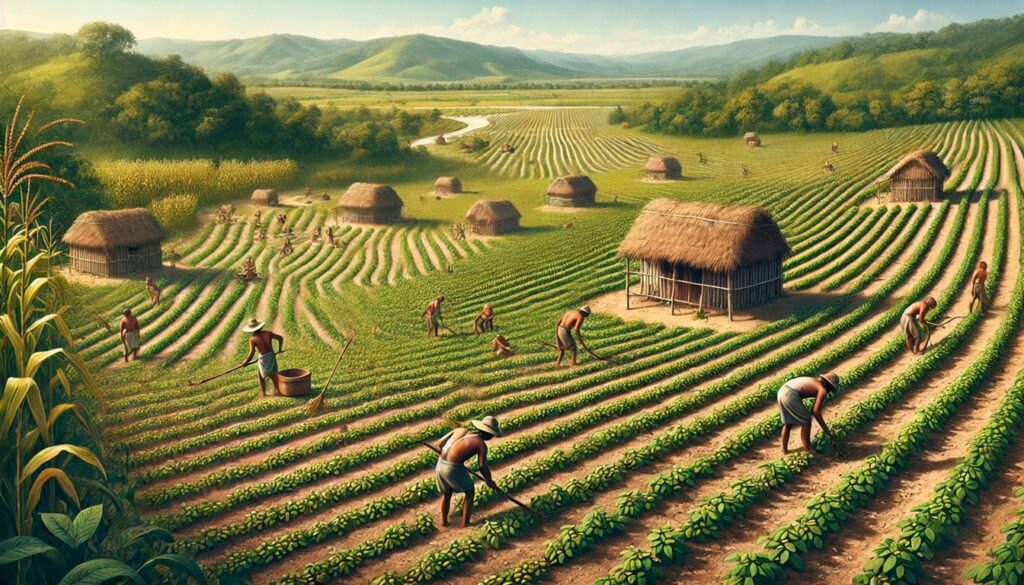
Beans in the Old World
While beans were widely cultivated in the New World, they didn’t appear in the Old World until after Christopher Columbus’s voyages in the late 15th century. Upon returning from the Americas, Columbus and other explorers introduced beans to Europe, where they quickly gained popularity.
In the Mediterranean, beans such as fava beans became a common food source, and their cultivation spread across the region. The ancient Greeks and Romans were known to use beans in a variety of dishes, from simple stews to more complex recipes. They were considered not just food, but also held symbolic meaning. For instance, the ancient Greeks viewed beans as sacred, using them in religious ceremonies.
Beans in the Middle Ages and Renaissance
During the Middle Ages, beans played a significant role in feeding the growing population of Europe. They were especially important for people of lower social status, as beans were cheap, nutritious, and easy to grow. Monasteries and convents often cultivated beans in their gardens as a reliable food source.
The Renaissance period saw the cultivation of beans spread even further across Europe, thanks to increased trade routes and the exchange of agricultural knowledge. Beans became a major part of the European diet, with varieties like broad beans, chickpeas, and lentils making their way into both everyday meals and royal feasts.
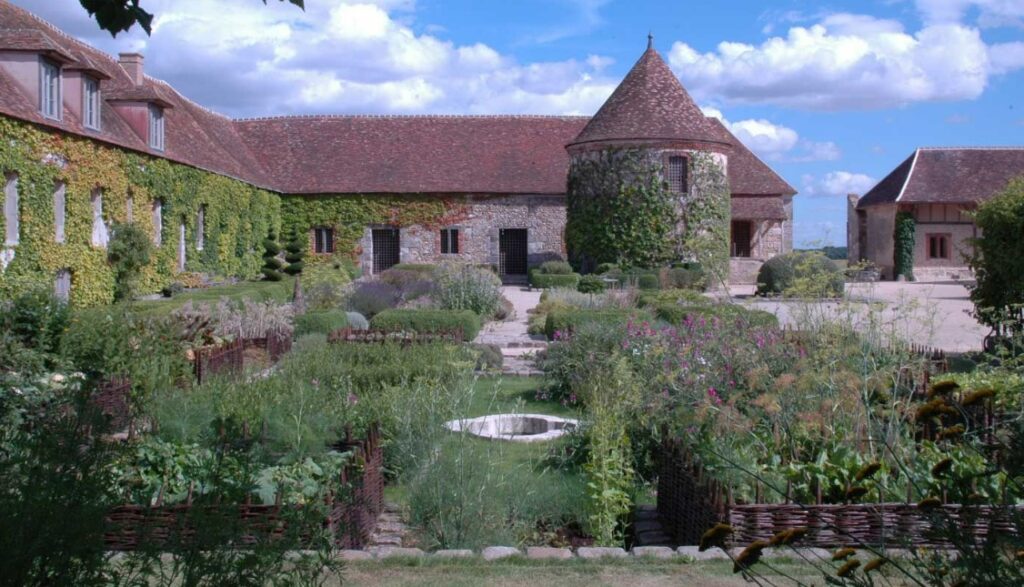
The Industrial Revolution and Modern Times
As the world moved into the Industrial Revolution in the 18th and 19th centuries, the demand for beans grew. With the development of agriculture and improved transportation systems, beans became more accessible to people all over the world. At the same time, new varieties were being developed, and beans became more versatile in the kitchen, used in everything from soups and stews to salads and even desserts.
In the 20th century, beans continued to thrive as a dietary staple, thanks to their affordability and high nutritional value. They were particularly important during both World Wars, as they provided a reliable, cost-effective source of protein during times of rationing and food shortages. Beans were also an essential part of the diets of soldiers and civilians alike during these difficult times.
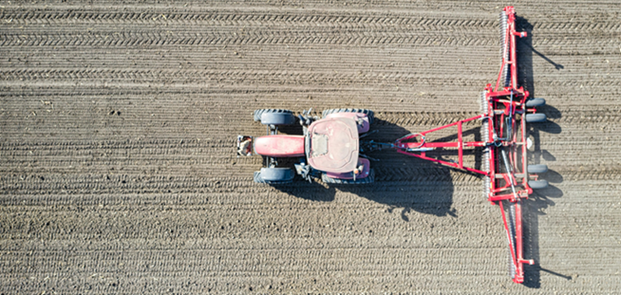
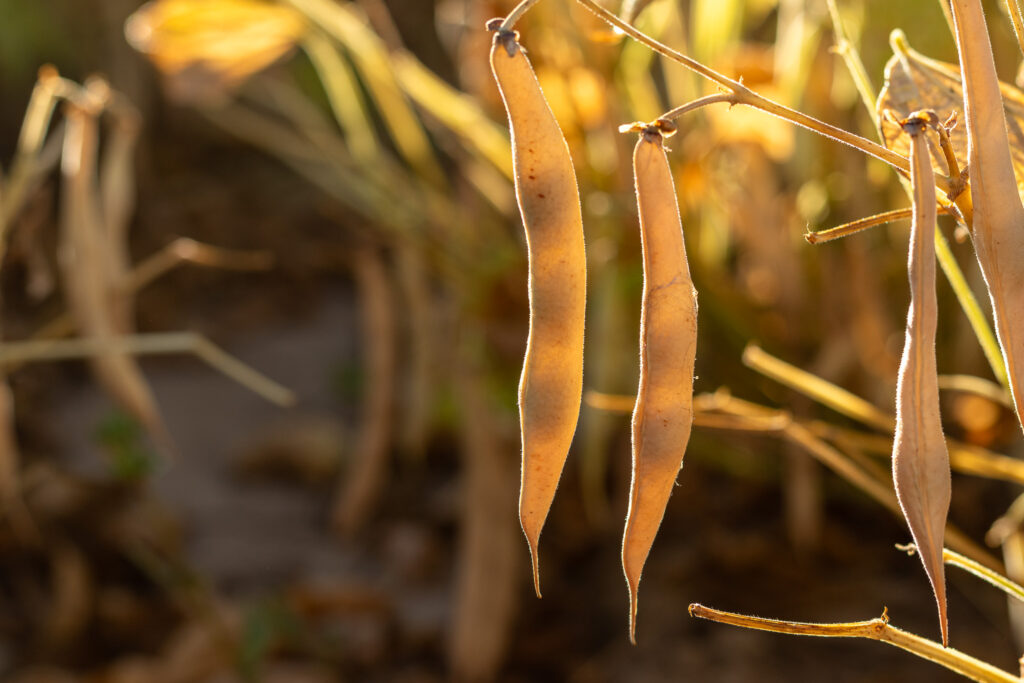
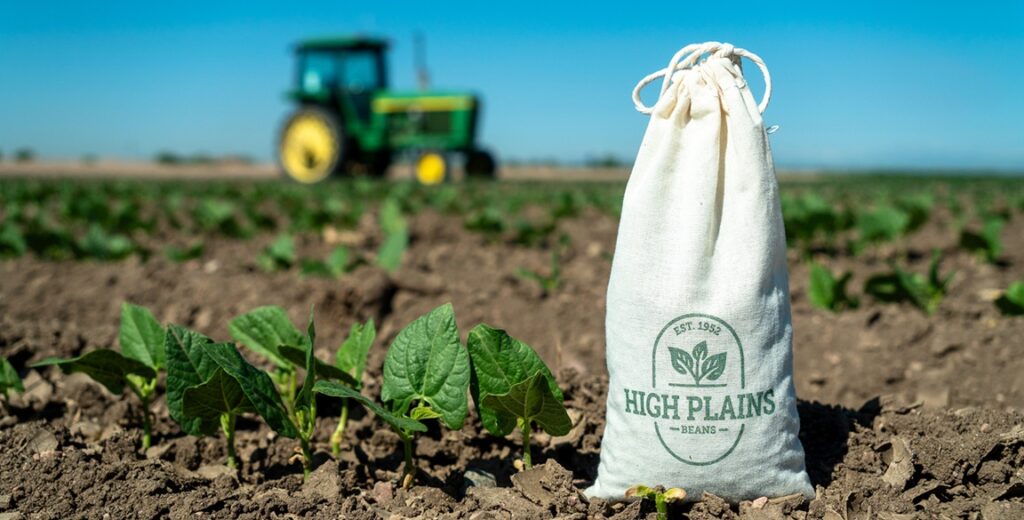
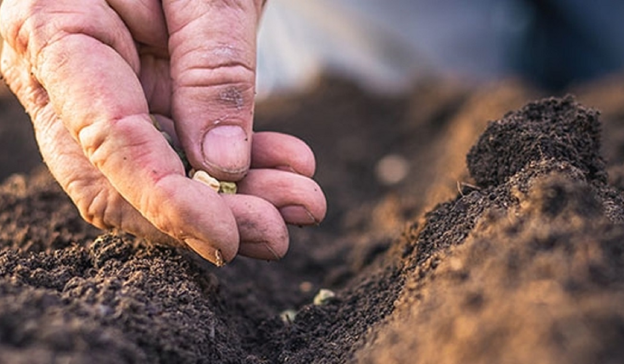
The Modern Bean: A Global Favorite
Today, beans are enjoyed in almost every corner of the globe. From the spicy kidney beans in chili to the smooth black beans in burritos, beans have adapted to fit the flavors and preferences of diverse cultures. In addition to their great taste, beans are praised for their health benefits.
Beans are an excellent source of plant-based protein, fiber, vitamins, and minerals, making them an essential part of a balanced diet. They’re also an important part of vegetarian and vegan diets, providing a hearty alternative to animal products. Beans are considered heart-healthy, help regulate blood sugar levels, and are even linked to a reduced risk of certain chronic diseases.
With the rise of sustainability and plant-based eating in recent years, beans are making a comeback as a nutritious, eco-friendly food. They require fewer resources to grow compared to animal-based proteins, making them an environmentally sustainable choice.
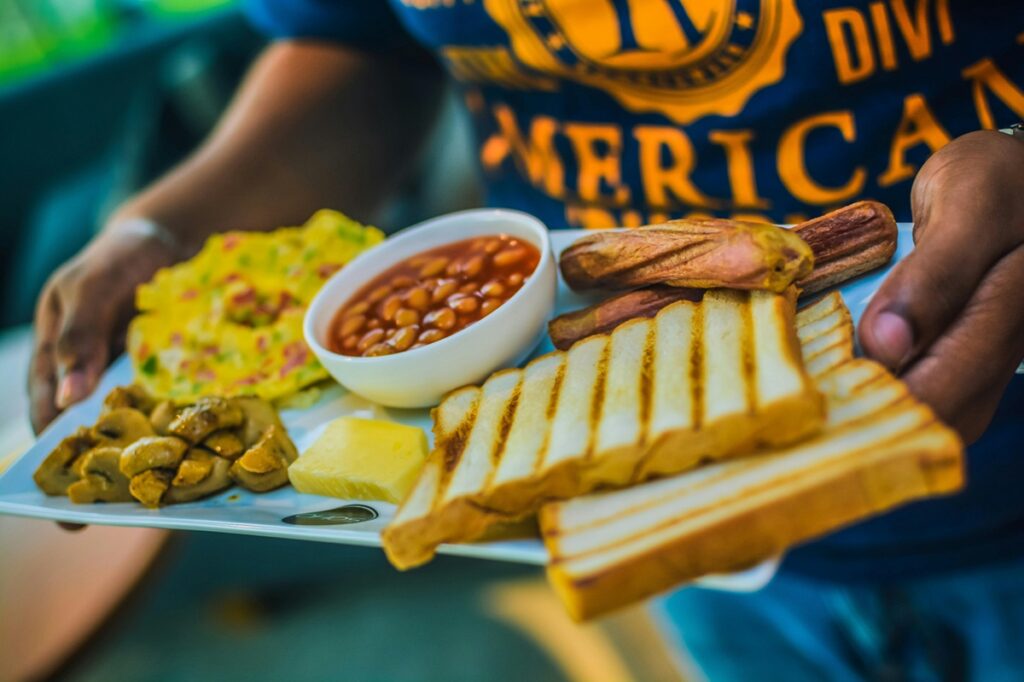
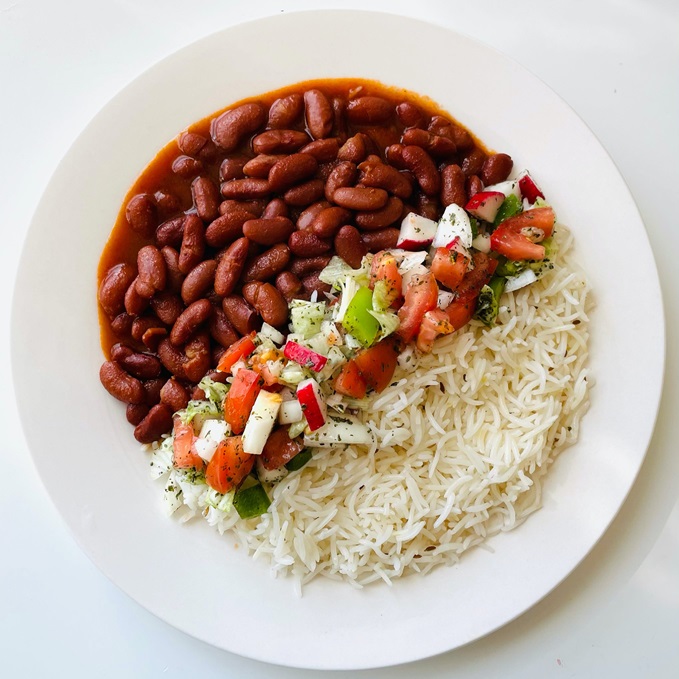
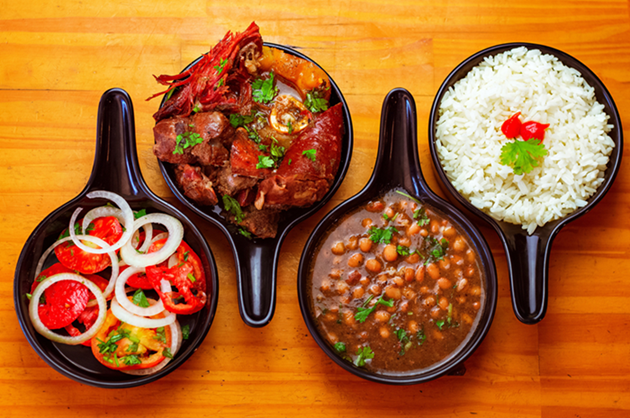
Beans in the Future
As the global population continues to grow, beans will play an even more important role in feeding the world. With their ability to thrive in a variety of climates and their rich nutritional profile, beans are likely to remain a staple food for generations to come.
Whether enjoyed in a comforting bowl of soup, tossed in a salad, or used as the base for a meatless burger, beans have proven that they are more than just a food—they are a symbol of resilience, adaptability, and nourishment. From ancient civilizations to modern diets, beans have withstood the test of time, providing sustenance for people around the world.
Conclusion
The journey of beans from ancient civilizations to modern diets is a testament to their enduring value. What started as a simple crop cultivated by early humans has become an integral part of global food systems, contributing to the nutritional well-being of people from all walks of life. As we continue to embrace sustainable and plant-based diets, beans will undoubtedly remain a vital and beloved ingredient in kitchens around the world.


